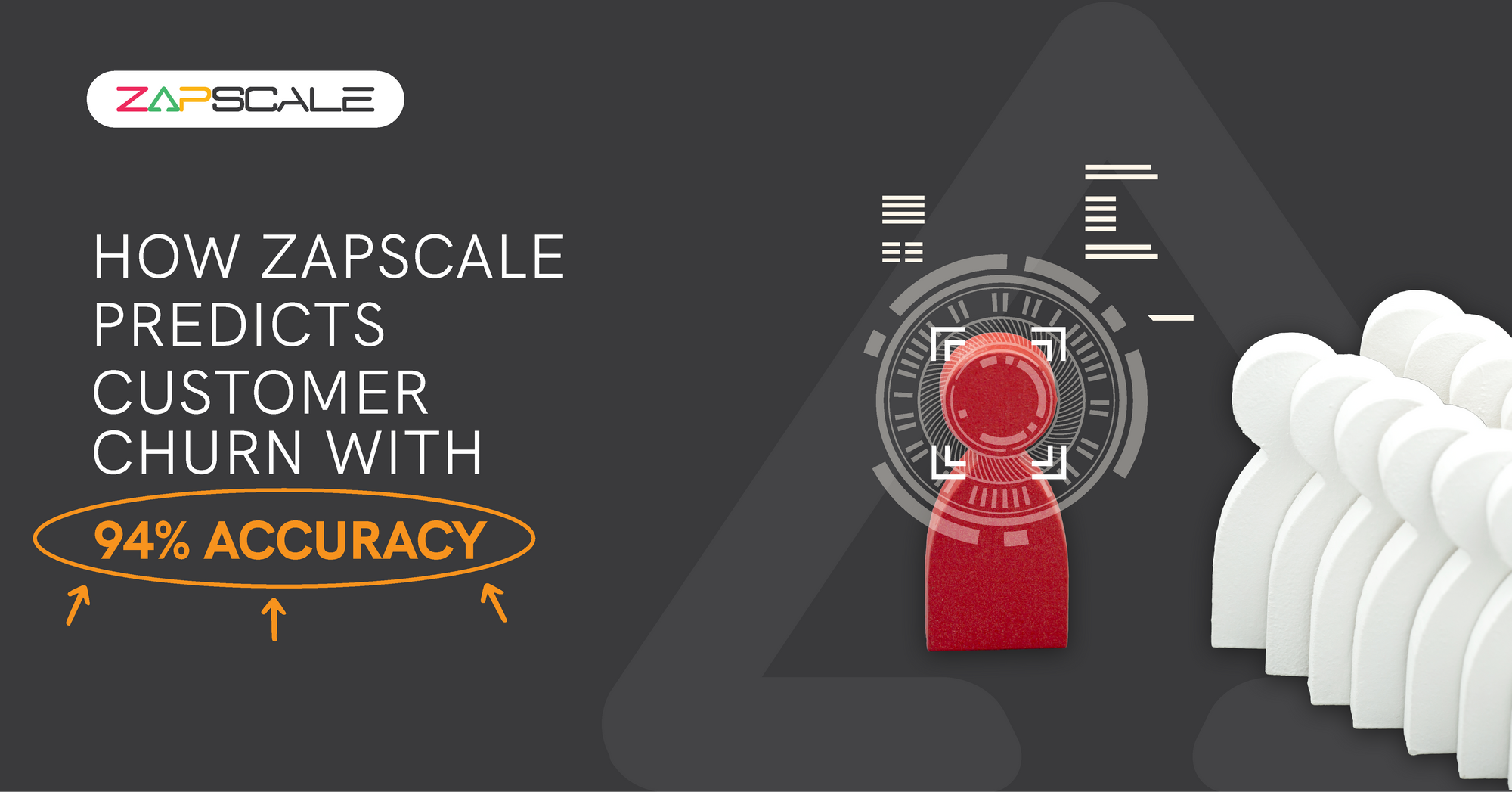CATEGORY > Customer Churn
Crushing Customer Churn with Anita Toth

Introduction
In a recent insightful discussion with Anita Toth, we delved into her perspectives on various intriguing aspects of customer churn. Let's explore her responses to five key questions that shed light on this critical facet of business:
QnA with Anita Toth
1. What are the symptoms of customers who are at risk of churning?
Product adoption might be low. They may never have completed onboarding. They stop engaging. Then, they disappear. And when they do, it’s nearly impossible to re-engage them.
But a harder symptom to spot is when customers are ‘watermelons’. On the outside, the health of their account looks ‘green’. They’re using the product, they have good adoption, and all the metrics indicate that everything is well. But the inside of a watermelon is red. These types of customers have decided to use the product to its fullest to extract as much value as they can get before they churn.
2. What will be the long-term impact of churn on the bottom line of a SaaS business?
The biggest impact of churn is a company’s ability to grow. A simple way to look at it is that a company that has 100 customers at the beginning of the year and a churn rate of 5% will only have 54 of those customers left at the end of the year. Compare that to a company with 100 customers at the beginning of the year with a 2% churn rate. At the end of the year, they will have retained 78 of those 100 customers.
And for each customer you lose, you have not only lost the cost to acquire them,
the cost to serve them but you’ve also lost the opportunity for potential future revenue. Each customer that leaves takes with them the opportunities for upsells, cross-sells, renewals, and referrals. These lost second-order revenues can be as much as 2.5x your current Customer Lifetime Value.
3. Can customer churn positively impact a business?
Yes! In fact, in some situations you want customers to churn.
Not to mention, they put a heavy strain on your customer success team and your support team. They are often unhappy and very rarely realize the value of your product. They are also more likely to feel negative about your product and share that negativity in public reviews and with friends and colleagues.
Poor-fit customers are created most frequently when companies are looking for product-market fit (PMF). PMF is not only for startups but also for mature and growing companies with new product lines or entering a new market. It takes a while for sales and marketing to define who is the best customer for their products. Until that happens, you’ll see a greater number of poor-fit customers.
Note: You’re probably wondering what you can do if you’re in this situation. The best thing is to create a feedback loop between marketing, sales, and your team.
Identify which customers are getting the most value from your product and share that data with marketing. It will make their job easier, it will be easier for sales to close more customers like them and you’ll have better-fit customers.
4. Is it feasible to make accurate churn predictions with sufficient lead time?
This is a tough question! You can make accurate churn predictions with sufficient lead time, however, they’re only predictions. No one could have predicted the impact COVID-19 would have. Churn rates skyrocketed for many businesses.
While forecasting churn rates is something you want to do, I would suggest focusing on more accurate predictions for upsells, cross-sells, and renewals. Once you identify key signals that a customer is ready for upsells & cross-sells, it makes it easier to predict which of those accounts might expand in that quarter. Renewal prediction is also important as your executive team will want to know how much revenue will be generated by your team.
5. What will stop your win-backs from churning again?
There’s no guarantee that every one of your win-back customers will stay. But two things tend to keep every type of customer:
Customers come back to your product after churning because they experienced some sort of positive outcome the first time or the right offer was put in front of them to try your product again.
Most people are willing to give companies a second chance. But that raises the bar of expectation. More than anything, you need to ensure this customer group has a great customer experience and that they achieve or overachieve the outcomes they want. Otherwise, they’ll not only churn a second time, they’ll probably never come back.
If you're facing increased churn, missing opportunities to retain customers and consequently losing revenue, Anita has a solution for you.
Churn No More: A Tactical Customer Retention Workshop
Workshop Objectives
- Identify and Capitalize on Customer Retention Opportunities: Discover actionable strategies to significantly enhance customer retention. Anita's focused sessions provide practical insights that you can implement immediately, ensuring a tangible impact on your business.
- Forge Meaningful Connections: Connect with a select group of data-driven CS professionals facing similar challenges. This intimate setting is perfect for building lasting relationships and exchanging innovative ideas.
About Anita Toth
Anita Toth is the Chief Churn Crusher at ATI, a Customer Retention Research, Strategy & Education company that serves B2B SaaS companies. Anita’s mission is to create happier customers & more profitable businesses. Using her 20+ years in academic research, Anita helps companies leverage what their customers want, need, think & feel to their competitive advantage. Anita leads 'Churn No More,' a tactical workshop that helps Customer Success Leaders win in customer retention and executive influence.
Connect with Anita.
ABOUT THE AUTHOR
Popular from Customer Churn
Quality Content,
Straight To Your Inbox!
Subscribe for the latest blogs, podcasts, webinars, and events!

Write a Blog
If you have experience in CS and
a flair for writing, we’d love to
feature you.
Write to us on
hello@zapscale.com






